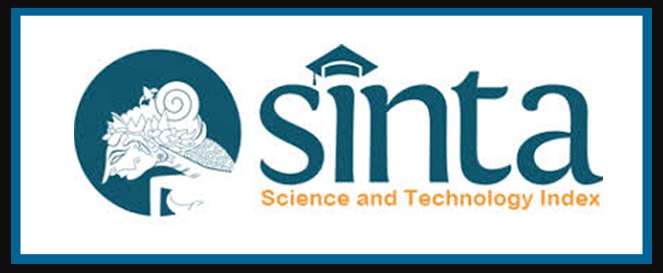Soil Energy Harvester for Batteryless Wireless Sensor Network Node using Redox Method
Abstract
Keywords
Full Text:
PDFReferences
ITU-T, “Recommendation ITU-T Y.2221: Requirements for Support of Ubiquitous Sensor Network (USN) Applications and Services in the NGN Environment.” p. 32, 2010.
A. M. Baharudin and W. Yan, “Long-range wireless sensor networks for geo-location tracking: Design and evaluation,” Proc. - 2016 Int. Electron. Symp. IES 2016, 2017, doi: 10.1109/ELECSYM.2016.7860979.
F. Arslan, “On the Wireless Sensor Network for Medical Instruments Monitoring System,” Int. J. Sci. Eng. Res., vol. 9, no. 8, pp. 88–96, 2018.
C. Del-Valle-Soto, C. Mex-Perera, J. A. Nolazco-Flores, R. Velázquez, and A. Rossa-Sierra, “Wireless sensor network energy model and its use in the optimization of routing protocols,” Energies, vol. 13, no. 3, pp. 1–33, 2020, doi: 10.3390/en13030728.
K. Dorling, G. G. Messier, S. Valentin, and S. Magierowski, “Minimizing the Net Present Cost of Deploying and Operating Wireless Sensor Networks,” IEEE Trans. Netw. Serv. Manag., 2015, doi: 10.1109/TNSM.2015.2464071.
J. Prasad and R. K. Tripathi, “Energy harvesting from sediment microbial fuel cell to supply uninterruptible regulated power for small devices,” Int. J. Energy Res., 2019, doi: 10.1002/er.4370.
Mulyadi and R. W. Arsianti, “Low Power Electrical Generator from Soil Microbial Fuel Cell,” 2018 Electr. Power, Electron. Commun. Control. Informatics Semin. EECCIS 2018, 2018, doi: 10.1109/EECCIS.2018.8692948.
Y. Huang, D. Xu, J. Kan, and W. Li, “Study on field experiments of forest soil thermoelectric power generation devices,” PLoS One, 2019, doi: 10.1371/journal.pone.0221019.
C. Y. Ying and J. Dayou, “Modelling of the electricity generation from living plants,” J. Teknol., 2016, doi: 10.11113/jt.v78.3704.
E. Popek, “Practical Approach to Sampling,” in Sampling and Analysis of Environmental Chemical Pollutants, 2018, pp. 145–225.
Garba Shehu, “Two Ideas of Redox Reaction: Misconceptions and Their Challeges in Chemistry Educationn,” IOSR J. Res. Method Educ., vol. 5, no. 1, pp. 15–20, 2015, doi: 10.9790/7388-05111520.
M. Ghufron, I. Soepriyanto, C. A. Perwita, and K. Pranata, “Analisis Efisiensi Energi Flow Baterai Lead Acid Keadaan Statis Dan Dinamis,” ROTOR, vol. 10, no. 2, doi: 10.19184/rotor.v10i2.5912.
Atmel, “ATmega328P,” AVR Microcontrollers. 2016.
B. Thoen, G. Callebaut, G. Leenders, and S. Wielandt, “A deployable LPWAN platform for low-cost and energy-constrained iot applications,” Sensors (Switzerland), vol. 19, no. 3, Feb. 2019, doi: 10.3390/S19030585.
B. Delinchant, H. A. Dang, H. T. T. Vu, and D. Q. Nguyen, “Massive arrival of low-cost and low-consuming sensors in buildings: Towards new building energy services,” in IOP Conference Series: Earth and Environmental Science, 2019, doi: 10.1088/1755-1315/307/1/012006.
DOI: http://dx.doi.org/10.22441/jte.2023.v14i1.009
Refbacks
- There are currently no refbacks.
Copyright (c) 2023 Jurnal Teknologi Elektro
Publisher Address:
Teknik Elektro, Fakultas Teknik, Universitas Mercu Buana
Jl. Raya Meruya Selatan, Kembangan, Jakarta 11650
Tlp./Fax: +62215871335
Email: [email protected]
Website of Electrical Engineering
http://teknikelektro.ft.mercubuana.ac.id
p-ISSN : 2086-9479
e-ISSN : 2621-8534
Jurnal URL : http://publikasi.mercubuana.ac.id/index.php/jte
Jurnal DOI: 10.22441/jte

Ciptaan disebarluaskan di bawah Lisensi Creative Commons Atribusi-NonKomersial 4.0 Internasional.







